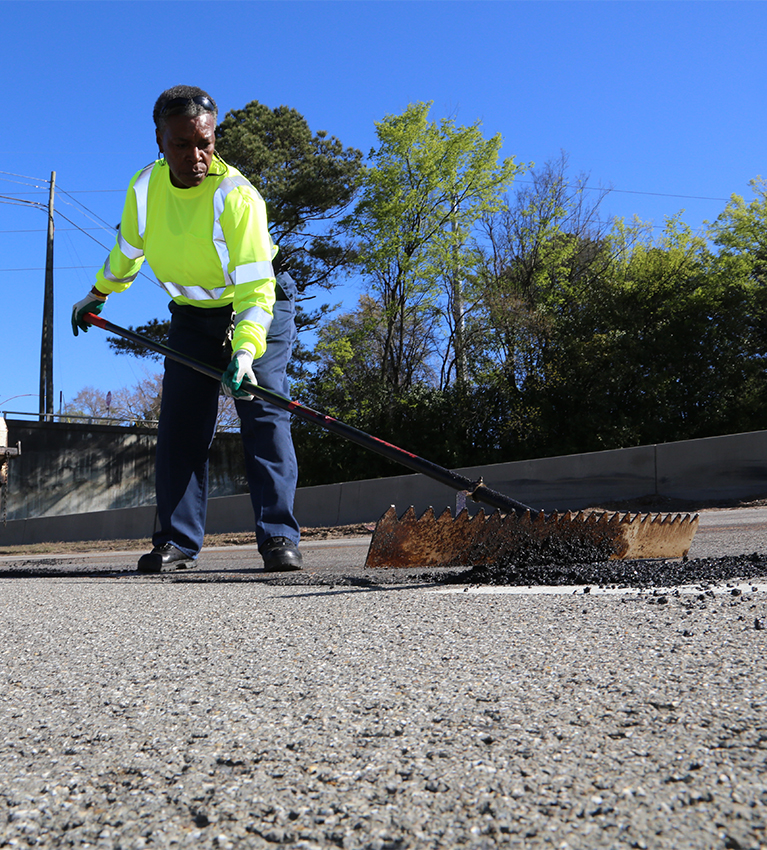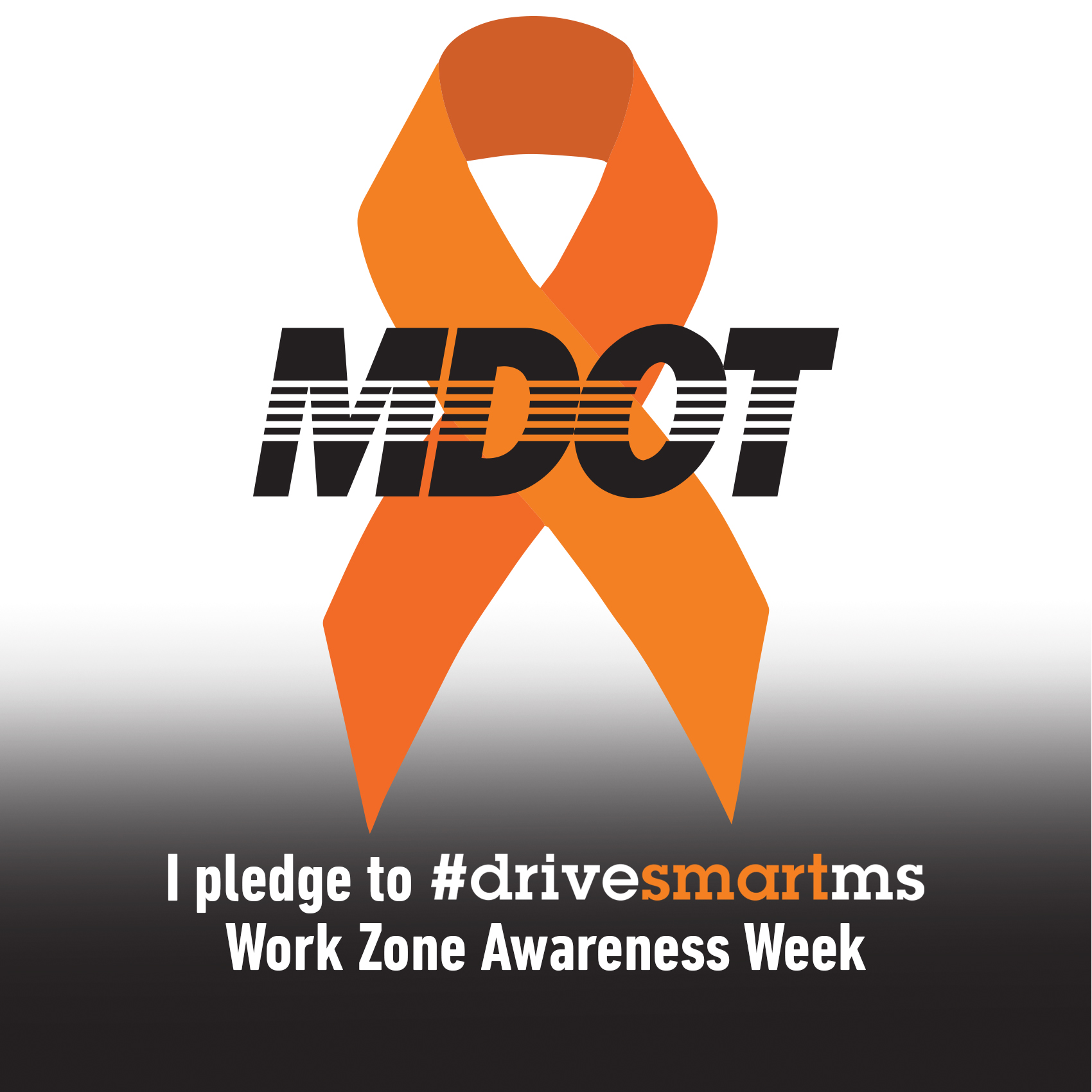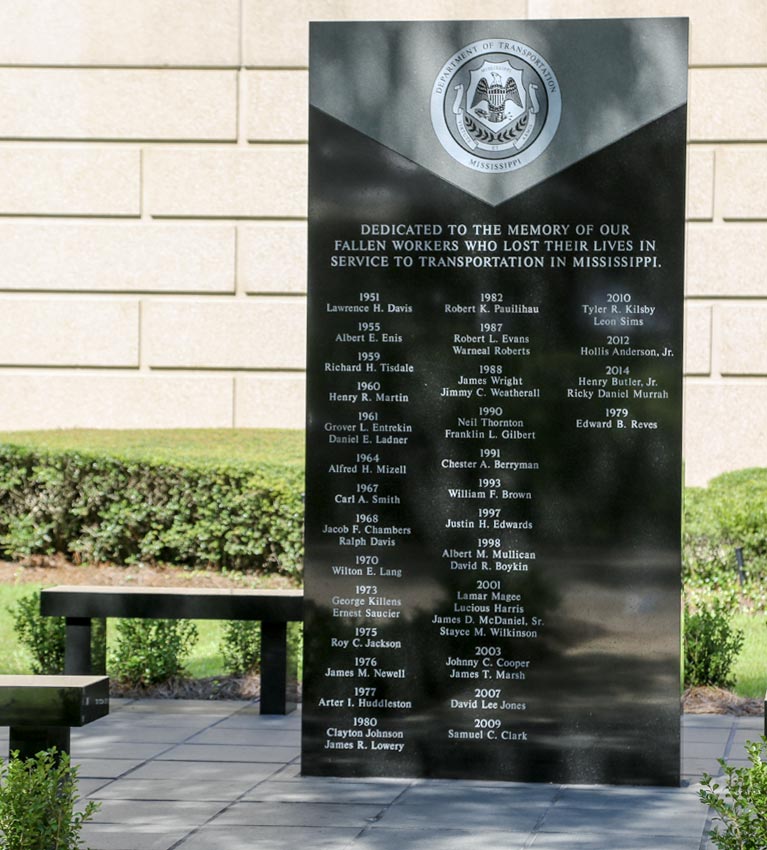What’s in a Work Zone
A work zone is defined by the U.S. Department of Transportation’s Federal Highway Administration as, “That part of the highway being used or occupied for the conduct of highway work, within which workers, vehicles, equipment, materials, supplies, excavations or other obstructions are present.”
MDOT understands that traveling through highway work zones can be frustrating, and dangerous because work zones present many drivers with unfamiliar driving conditions. Below are some common situations motorists may encounter as a result of a work zone.
- Lack of shoulder and/or median areas that usually serve as safety areas
- Lanes reduced in width and lanes merging and subsequently reduced in number
- Changing lane patterns
- Detours to unfamiliar routes
- Large construction or maintenance vehicles to the side of the road that may obstruct vision
- Highway workers standing and working near traffic along with slow-moving construction vehicles
- Drivers slowing to reduce speed and/or merging at the last possible moment
- Aggressive drivers disregarding the work zone restrictions
- Drivers not using common sense in the work zone area
- Some work zones are mobile, such as line painting and road patching operations. These zones move along the highway until the work is completed.
One of the best ways to stay safe when approaching and traveling through a work zone is to pay attention to advance warning signs. Motorists should obey these signs until they have passed the ones that state they have left the work zone. Some of the most common signs motorists will see in a Mississippi work zone, and their meanings, are listed below.
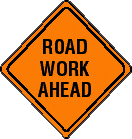
Road work is just ahead. Be prepared for unfamiliar driving conditions.
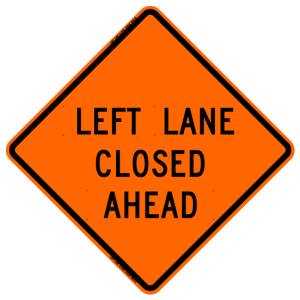
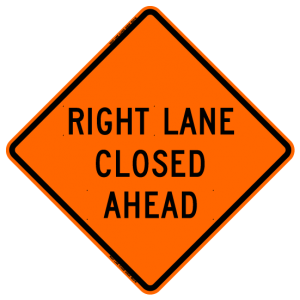
Lane closure ahead, requiring driver to merge to the adjacent lane.
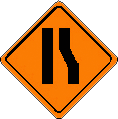
Lane is about to end, requiring driver to merge to the adjacent lane. The “bent” lane indicates which lane is ending.
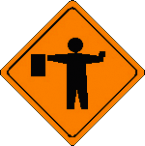
Flagger ahead. Be prepared to stop and/or follow flagger’s instructions.
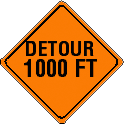
Driver will need to take an alternate route soon.

Driver has reached the end of the work zone. Resume normal, safe driving.
While the nature of work MDOT does on Mississippi highways varies from project to project, there are standard ways in which work zones are set up. The graphics below provide an illustration of the most common types of work zones.
*Please note, motorists may encounter other work zone setups. However, these are the most common types seen on Mississippi highways.
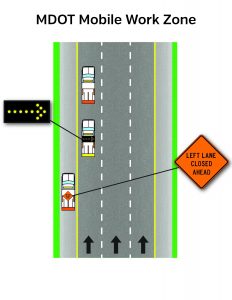
This work zone moves continuously or intermittently depending on the work being performed. The mobile work zone is used for work such as pothole patching or painting lane stripes. When approaching the mobile work zone, drivers will see:
- An MDOT vehicle parked on the shoulder indicating which lane will be closed ahead.
- A second MDOT vehicle in the lane of the work being performed with a flashing arrow board letting motorists know to move over.
- A third MDOT vehicle that is performing the actual work.
The first two vehicles will follow the third vehicle and give motorists ample time to merge into adjacent lanes prior to the vehicle performing the work. Motorists should begin merging when they see the first vehicle parked on the shoulder.
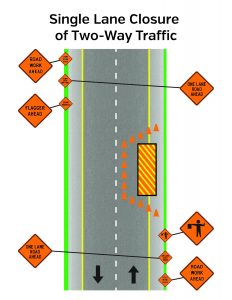
This work zone is used for the closure of one lane of a two-lane road. This work zone can be used for many different types of work including the resurfacing of a travel lane or road shoulder repair work. When approaching this type of work zone, drivers coming from either direction will see:
- Road work ahead sign well in advance of the work zone. Drivers should begin slowing and continue paying attention.
- One lane road ahead sign as the driver moves closer to the work zone.
- Flagger ahead sign. The sign will be one of the two options shown in the illustration. Drivers should be prepared to stop and/or obey flagger’s instructions.
The work zone will be clearly defined and separated from traffic with orange barrels or cones. Once drivers reach the work zone, they should follow the direction given to them by the flagger. Remember, the flagger knows what is going on inside the work zone and is there to protect you and the MDOT crews working on the road.
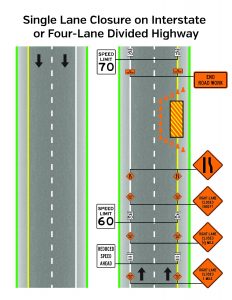
This work zone setup is used for the closure of a single lane on an interstate or four-lane divided highway. This work zone can be used for many different types of work, including the resurfacing of a travel lane or road shoulder repair work. When approaching this work zone, drivers on the side of the road in which work is being performed will see:
- Lane closed one mile. The sign will indicate which lane is being closed. Drivers should begin looking for an opportunity to merge into the adjacent lane.
- Reduced speed ahead. Drivers should begin slowing down in anticipation of the work zone.
- Lane closed one-half mile. Drivers should merge into the adjacent lane.
- Speed limit sign. This speed limit is the legal speed limit while traveling through the work zone. *Additional signs may be in place stating that speeding fines are doubled in the work zone.
- Lane closed 1500 feet. Drivers will be able to see the work zone at this point and should merge into the adjacent lane if they have not already done so.
- Lane shift ahead. The “bent” line indicates which lane is being closed. Drivers should already be in the adjacent lane by the time they reach this sign.
Once drivers move past the work zone, they will see an End Road Work sign, indicating they can resume normal, safe driving.
The three work zone types illustrated above are the most common drivers are likely to see on Mississippi’s highways. However, project details may require the setup of another type of work zone. Regardless of the work zone, motorists should obey the signs posted when approaching and traveling through work zones, use caution and avoid distractions. Work zones are set up in specific ways to keep the driver, and MDOT crews safe.
